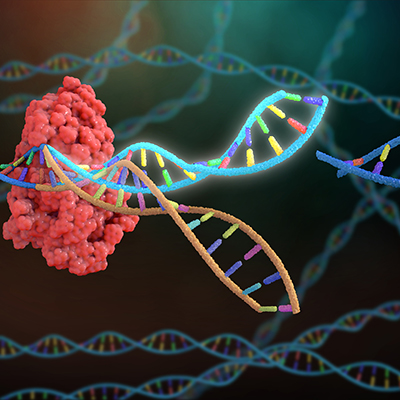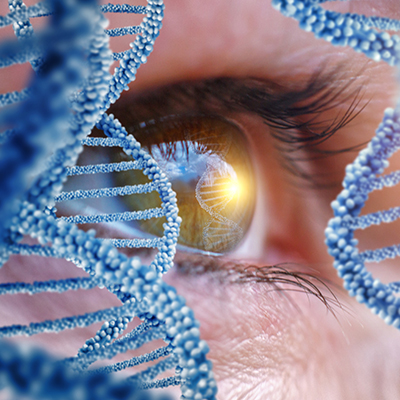May 2, 2023 -- Combining a dual CRISPR gene-editing therapy with antiretroviral drugs can eliminate HIV infections in mice, according to a study published in the Proceedings of the National Academy of Sciences.
In an earlier study, Kamel Khalili, PhD, the director of the Comprehensive NeuroAIDS Center at Temple University's Lewis Katz School of Medicine, and his collaborators showed that CRISPR-based gene-editing technology can excise HIV proviral DNA from human cells. A gene-editing therapy based on Khalili's work is now in early-phase testing in humans.
However, while using CRISPR to target HIV-1 cured some mice infected with the pathogen, the scientists found that the virus could eventually re-emerge from tissue reservoirs and cause rebound infections. The rebound infections are similar to what happens when patients stop taking antiretroviral therapies. While the therapies keep the virus at very low levels, HIV, which integrates its DNA into the genome of host cells, can lie dormant in tissue reservoirs until a break in treatment enables it to resume replicating.
The search for ways to stop rebound infections after CRISPR treatment led Khalili and his collaborators to CCR5, a protein found on the surface of white blood cells. Khalili outlined the rationale for targeting HIV-1 and CCR5 through a dual gene-editing approach.
"The idea to bring together the excision of HIV-1 DNA with inactivation of CCR5 using gene-editing technology builds on observations from reported cures in human HIV patients," Khalili said in a statement. "In the few instances of HIV cures in humans, the patients underwent bone marrow transplantation for leukemia, and the donor cells that were used carried inactivating CCR5 mutations."
Other researchers reported a cure involving donor cells with the CCR5-delta32 mutation earlier this year but the approach is only appropriate in patients who need a stem cell transplant to treat their cancer. By targeting CCR5 using CRISPR, Khalili and his collaborators could potentially cure more HIV patients.
The approach entails a procedure for inactivating CCR5 that includes an intravenous inoculation of the CRISPR gene editing molecule. In mice, the dual gene-editing therapy resulted in viral suppression, restoration of human T cells, and elimination of replicating HIV-1 in 58% of infected animals.
Khalili and his collaborators plan to start testing the dual gene-editing strategy in non-human primates soon. The study will continue laying the groundwork for studies in humans, where Khalili thinks the "simple and relatively inexpensive approach" has a chance of making the cures achieved by cell therapies in a few patients applicable to the wider HIV population.
Copyright © 2023 scienceboard.net









